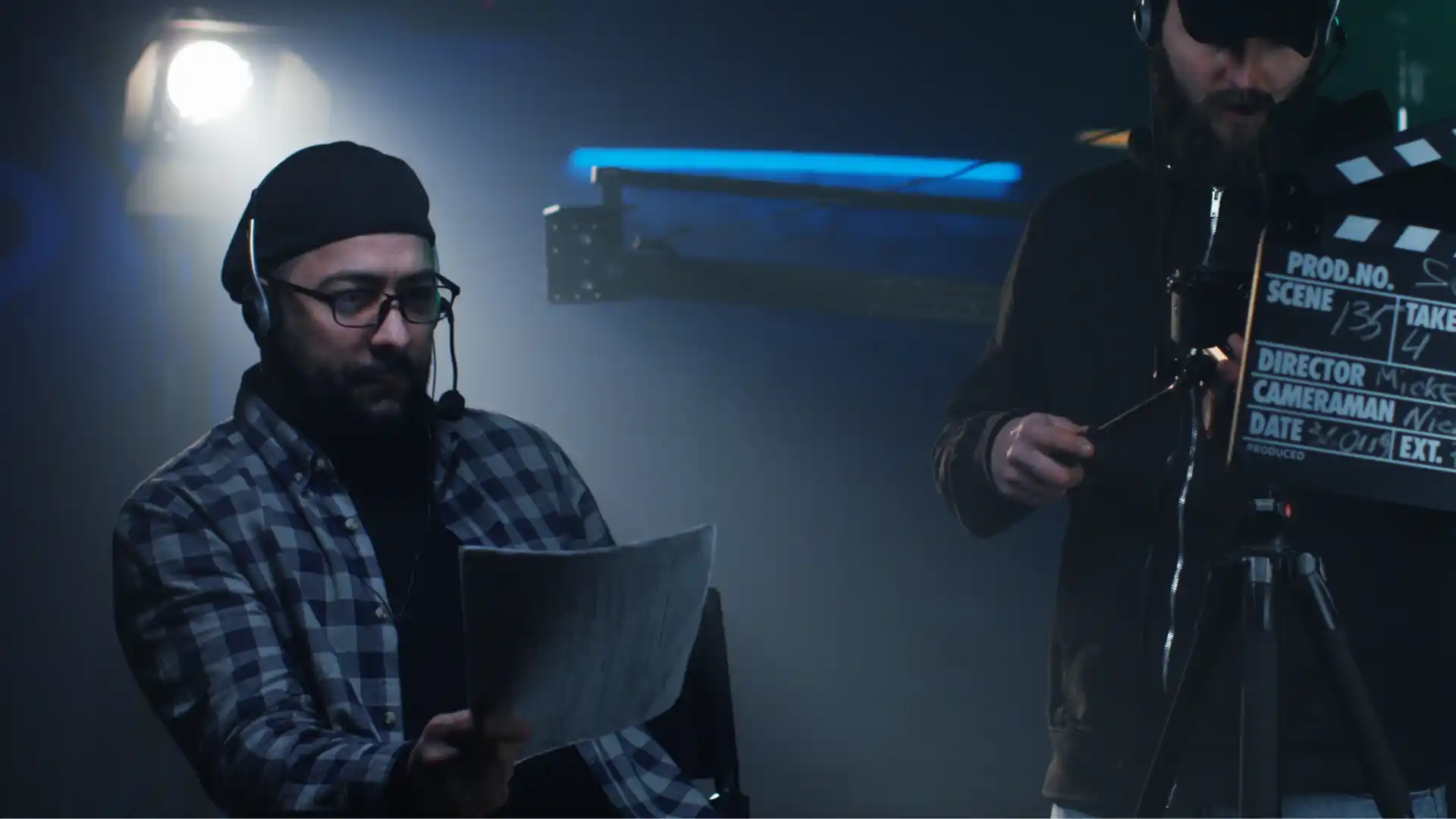Character design is a crucial aspect of creating captivating and engaging video games. The characters in a gameplay a significant role in immersing players in the game world, conveying the story, and enhancing the overall gaming experience.
Whether you aspire to become a character designer for a top game development studio or are looking to enhance your skills in character design, understanding the fundamentals and best practices in this field is essential.
1. Concept Art
Concept art is the initial stage in character design where ideas and concepts are developed and visualized. This phase involves brainstorming, sketching, and creating rough drafts of the characters.
It is a critical step that lays the foundation for the character design process. Concept artists use their creativity and imagination to bring characters to life on paper before moving on to the next stages.
2. Character Development
Once the concept art is finalized, the next step is character development. This stage involves fleshing out the details of the character, including their personality, backstory, and unique traits.
Character designers delve deeper into understanding the motivations and characteristics of the character to create a well-rounded and believable persona. This is where the character starts to take shape and evolve into a fully realized entity.
3. Shape Language and Silhouette
Shape language and silhouette are essential elements in character design that help convey the character’s personality and traits at a glance. The silhouette of a character should be distinct and easily recognizable, making them stand out in the game world. Using different shapes and forms strategically can communicate various aspects of the character, such as strength, agility, or playfulness.
4. Color Theory
Color plays a significant role in character design, evoking emotions, setting the mood, and creating visual interest. Understanding color theory and its application is crucial for character designers.
The color palette chosen for a character can convey information about their nature, affiliations, and role in the game. By using colors effectively, designers can enhance the visual appeal of the character and make them more memorable to players.
5. Animation and Movement
In video games, characters come to life through animation and movement. Character designers need to consider how their creations will move, interact with the environment, and engage with other characters in the game.
Understanding the principles of animation, such as timing, weight, and anticipation, is essential for creating dynamic and realistic character movements that enhance the gaming experience.
6. Iteration and Feedback
The character design process often involves multiple iterations and feedback sessions to refine and improve the designs. Seeking feedback from peers, mentors, or industry professionals can provide valuable insights and perspectives that help in enhancing the quality of the characters. Iterating on the designs based on feedback is a common practice in character design that leads to better results and more polished final characters.
7. Industry Trends and Technologies
Staying updated on the latest industry trends and technologies is crucial for aspiring character designers. The video game industry is constantly evolving, with new tools, software, and techniques being introduced regularly. Keeping abreast of these developments and honing your skills accordingly can give you a competitive edge in the field of character design.
8. Portfolio Development
Building a strong portfolio is essential for showcasing your skills and attracting potential employers in the gaming industry. Your portfolio should include a diverse range of character designs that demonstrate your creativity, technical proficiency, and storytelling abilities. Including both personal projects and professional work in your portfolio can give recruiters a comprehensive view of your capabilities as a character designer.
9. Networking and Professional Development
Networking is a valuable tool for connecting with industry professionals, potential employers, and fellow creatives in the field of character design. Attending industry events, conferences, and workshops can provide opportunities to learn, collaborate, and showcase your work. Building a strong professional network can open doors to new opportunities and collaborations in the gaming industry.
10. Pursuing Education and Training
While formal education is not always a prerequisite for a career in character design, pursuing specialized training can help you acquire essential skills and knowledge in the field. Programs like the NYU Animation Industry Essentials offered by Yellowbrick provide in-depth training on character design, animation principles, and industry insights. Investing in your education and skill development can equip you with the tools you need to succeed in the competitive world of video game character design.
Conclusion
Being proficient with character design for video games requires a combination of creativity, technical skills, and industry knowledge. By following the tips and techniques outlined in this article, aspiring character designers can enhance their craft, create compelling characters, and pursue a successful career in the dynamic and exciting field of video game design.
Key Takeaways:
- Concept art is crucial for laying the foundation of character design by visualizing ideas and concepts.
- Character development involves fleshing out details like personality and backstory to create well-rounded characters.
- Shape language and silhouette help convey a character’s traits effectively at a glance.
- Understanding color theory is essential for using colors to enhance character design and evoke emotions.
- Animation and movement bring characters to life in video games, requiring an understanding of animation principles.
- Seeking feedback and iterating on designs are vital for refining characters and improving their quality.
- Staying updated on industry trends and technologies gives aspiring character designers a competitive edge.
- Building a strong portfolio showcasing diverse character designs is crucial for attracting potential employers.
- Networking and attending industry events can open doors to new opportunities in the gaming industry.
- Pursuing specialized training like the NYU Animation Industry Essentials offered by Yellowbrick can equip you with the necessary skills and knowledge to succeed in video game character design.
Consider taking the NYU Animation Industry Essentials online course and certificate program to further enhance your skills and kickstart your career in character design for video games.








